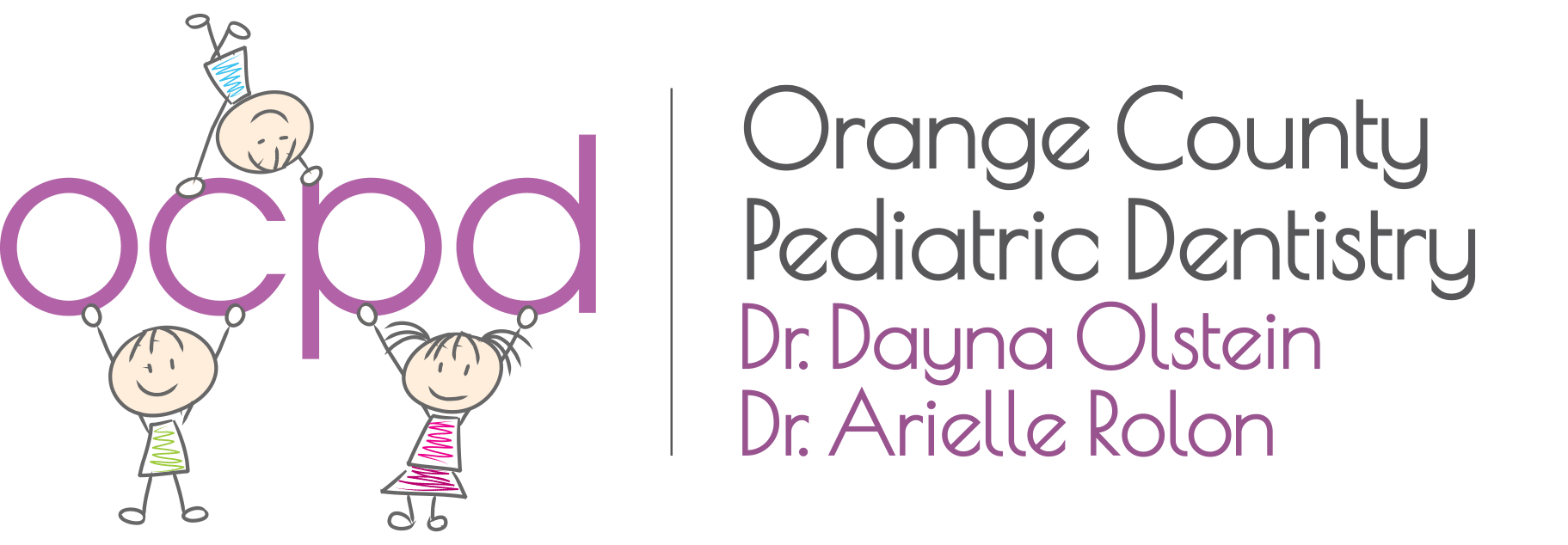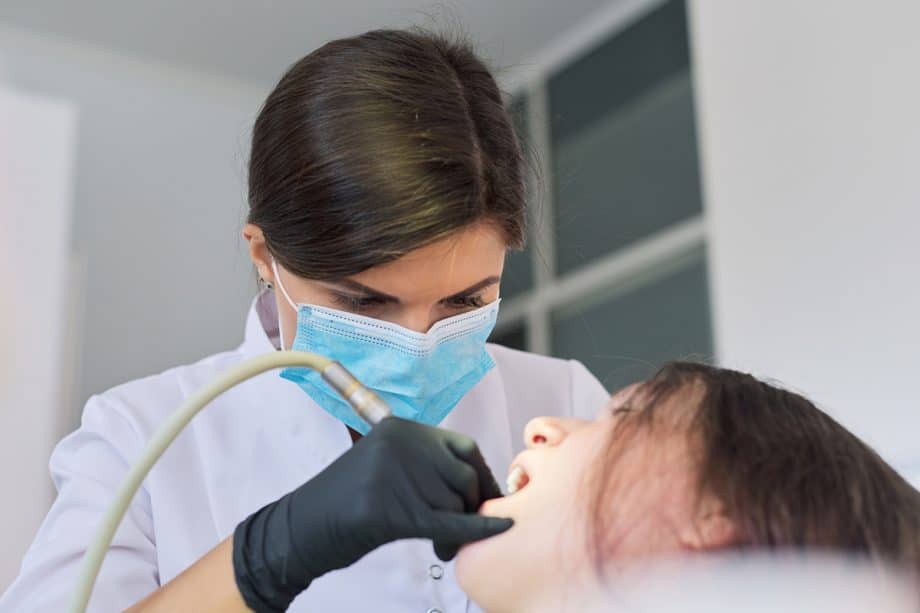Going to the dentist is often a daunting experience for children, especially when undergoing a dental procedure.
Sometimes, sedation dentistry is recommended to help children relax and reduce anxiety during dental treatment. However, this option can raise concerns for parents who worry about sedation's potential risks and side effects.
Is sedation dentistry worth the risk? This is a question that many parents grapple with when it comes to their child's dental health. In this article, we will explore the benefits and risks of sedation dentistry for children, providing the information you need to make an informed decision about your child's dental care.
Benefits of Sedation Dentistry for Children
The primary benefit of sedation dentistry for children is that it can help alleviate dental anxiety and fear. Many children may have a negative experience at the dentist, leading to a fear of returning. Sedation dentistry can help make the experience more comfortable and less stressful for the child. Additionally, sedation dentistry can be helpful for children who have special needs or difficulty sitting still for long periods. It can also be helpful for more prolonged procedures that may require the child to remain still for an extended period.
Another benefit of sedation dentistry is that it can make the dental procedure more efficient. When a child is sedated, the dentist can work more quickly and precisely, reducing the need for multiple appointments. This can be especially helpful for children who struggle with anxiety or fear and may have difficulty sitting still for an extended period.
Finally, sedation dentistry can help prevent the development of dental phobia in children. By making the dental experience more comfortable and less stressful, children are more likely to have a positive association with the dentist, which can lead to better oral health in the long run.
Risks and Concerns of Sedation Dentistry for Children
While sedation dentistry is often beneficial for children, there are also some risks and concerns to consider. One of the main risks is the potential for adverse reactions to the sedative used. While rare, some children may have an allergic reaction or experience nausea or vomiting after the procedure. It is essential to discuss any allergies or medical conditions with the dentist before the procedure to ensure the safest possible outcome.
Another concern is the potential for over-sedation. While the goal of sedation dentistry is to make the experience more comfortable for the child, it is possible to administer too much sedative, leading to a potentially dangerous situation. Working with a qualified and experienced dentist with a trained anesthesiologist on site is crucial to ensure the safest possible outcome for your child.
Finally, there is a risk of complications during the procedure, such as difficulty breathing or changes in heart rate. Again, working with a qualified, experienced dentist with a trained anesthesiologist on site can help minimize these risks.
Types of Sedation Dentistry for Children
Several types of sedation dentistry may be used for children, depending on their age and medical history. The most common types of sedation include:
Nitrous Oxide
Also known as laughing gas, nitrous oxide is a mild sedative that is inhaled through a mask placed over the nose. It is safe for children and wears off quickly, allowing the child to resume normal activities after the procedure.
Oral Sedation
Oral sedation involves taking medication by mouth before the procedure, usually in the form of a pill. The medication can help the child relax and feel more comfortable during the procedure.
IV Sedation
Intravenous sedation is a more potent form of sedation that is administered through a vein in the arm. It can be useful for more prolonged or more complex procedures.
General Anesthesia
General anesthesia involves putting the child to sleep during the procedure. It is typically reserved for more complex procedures or children with special needs.
What to Expect During Sedation Dentistry
The specifics of what to expect during sedation dentistry will depend on the type of sedation used. However, the child will generally be monitored closely by an anesthesiologist throughout the procedure to ensure their safety and comfort. The dentist will also provide instructions on what to do after the procedure, such as avoiding certain foods or activities.
After the procedure, the child may feel groggy or dizzy. It is essential to allow the child to rest and recover before resuming normal activities. The dentist may also provide instructions on what to eat or drink after the procedure and may prescribe medication to manage any discomfort.
It is essential to follow all instructions the dentist provides to ensure a smooth and safe recovery for your child. If you have any concerns or questions, do not hesitate to contact the dentist.
Pediatric Sedation Dentistry in Monroe, NY
Sedation dentistry is a useful option for children with dental anxiety or fear, special needs, or difficulty sitting still for long periods. However, it is essential to weigh the benefits and risks carefully before deciding. Working with a qualified and experienced dentist and anesthesiologist trained in sedation dentistry can help ensure the safest possible outcome for your child.
For more information on sedation dentistry or to schedule an appointment, contact us today at 845-928-2206 .


